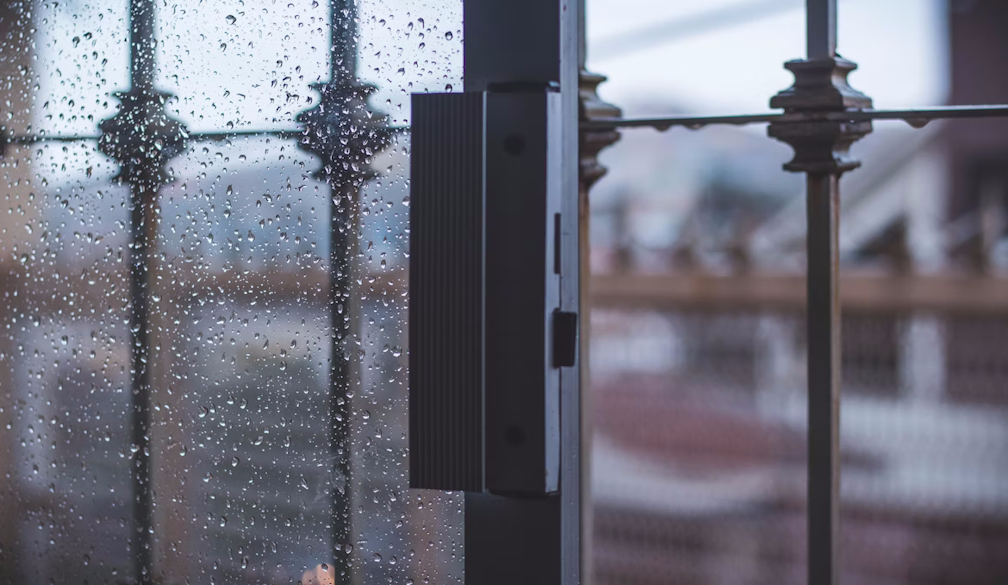Understanding Rising Damp: What Every Homeowner Needs to Know

Owning a home comes with its fair share of maintenance and unexpected issues. One of the more serious — and often misunderstood — problems is rising damp. While it might sound like a minor inconvenience, this moisture issue can have significant consequences for both the structure and comfort of your home.
If you've noticed damp patches, peeling paint, or a musty smell lingering in your house, there's a chance rising damp could be the culprit. Understanding what it is, how it develops, and the best ways to address it can save you from long-term damage and costly repairs.
What is Rising Damp?
Rising damp is a condition where moisture from the ground travels upwards through porous building materials like bricks, mortar, and plaster. This occurs through a process known as capillary action — essentially, the walls absorb moisture from the soil beneath the building.
This type of damp typically affects the lower part of ground floor walls, often causing damage up to a metre above ground level. Unlike condensation or leaks from plumbing, rising damp originates from the ground itself and slowly creeps upward over time.
Signs That You Might Have Rising Damp
Identifying rising damp early can make a big difference. One of the first visible signs is tide marks or discolouration along the base of walls. These marks usually appear as a brownish or yellowish stain, indicating mineral deposits left behind as moisture evaporates.
You might also notice wallpaper bubbling or lifting off, paint flaking away, or plaster crumbling. A distinct musty smell is common in rooms affected by rising damp, and in some cases, skirting boards may start to warp or become discoloured.
Salt deposits known as efflorescence are another giveaway. As moisture evaporates, it leaves behind salts that were drawn up from the ground — they often appear as a white powdery substance on the wall surface.
Why Rising Damp Shouldn’t Be Ignored
While rising damp might seem like just an aesthetic issue at first, it poses real structural and health risks. Continued exposure to moisture can weaken the integrity of plaster, wood, and even brickwork. Over time, this can compromise the strength of your home’s walls and floorboards.
In addition to structural damage, rising damp creates a perfect environment for mould and mildew to grow. These fungi thrive in damp conditions and can negatively impact indoor air quality, especially for individuals with allergies or respiratory issues.
Ignoring the problem or opting for temporary fixes won’t make it go away. In fact, untreated rising damp will only get worse, increasing both the scope and cost of any future repair work.
What Causes Rising Damp?
The most common cause of rising damp is a failure or absence of a damp-proof course (DPC) — a barrier typically installed near the base of external walls to prevent moisture from rising. Older homes built before the 1950s are particularly vulnerable, as they often lack modern DPCs or have ones that have deteriorated over time.
Poor drainage around your property can also contribute to the problem. If rainwater isn't directed away from the foundation, it can increase the level of ground moisture, putting added pressure on the building’s walls.
Another overlooked cause is ground level changes. If external ground levels are raised due to landscaping or renovations, it can block or breach the original damp-proof course, allowing rising damp to bypass the barrier entirely.
How to Treat Rising Damp
Fixing rising damp starts with a proper diagnosis. Professional assessment is essential to confirm the presence of rising damp and distinguish it from other forms of moisture, such as condensation or penetrating damp.
Treatment usually involves installing a new damp-proof course, either chemically or through physical intervention. A chemical DPC involves injecting a silicone-based substance into the wall at regular intervals. This creates a water-repellent barrier that stops moisture from rising.
In more severe cases, sections of plaster or damaged material may need to be removed and replaced. This not only eliminates contaminated materials but also helps restore the wall’s appearance and function.
Any treatment should be accompanied by steps to improve drainage around the property. Ensuring that soil, paving, or garden beds slope away from the home can help reduce the amount of moisture that comes into contact with the building’s foundations.
Preventing Rising Damp in the Future
While it’s not always possible to prevent rising damp, especially in older buildings, there are steps you can take to reduce the risk. Regular property inspections and maintenance of existing DPCs can help catch problems before they escalate.
It’s also important to monitor moisture levels and ventilation within your home. Good airflow can reduce the buildup of internal dampness and help maintain a healthier living environment overall.
For those planning renovations or extensions, consult with a qualified builder or damp specialist to ensure that any changes to ground levels, drainage, or wall structures won’t compromise the property’s resistance to moisture.
Conclusion: Don’t Let Rising Damp Take Hold
Rising damp may start slowly, but its impact can be widespread — affecting everything from your home’s structure to your family’s health. It’s not something to ignore or delay fixing.
If you suspect your property is affected, the best course of action is to consult a professional with experience in identifying and treating rising damp. The sooner it’s addressed, the less damage it will cause and the easier it will be to restore your home to its proper condition.
By staying informed and proactive, you can protect your home and ensure that rising damp doesn't become a recurring headache.

